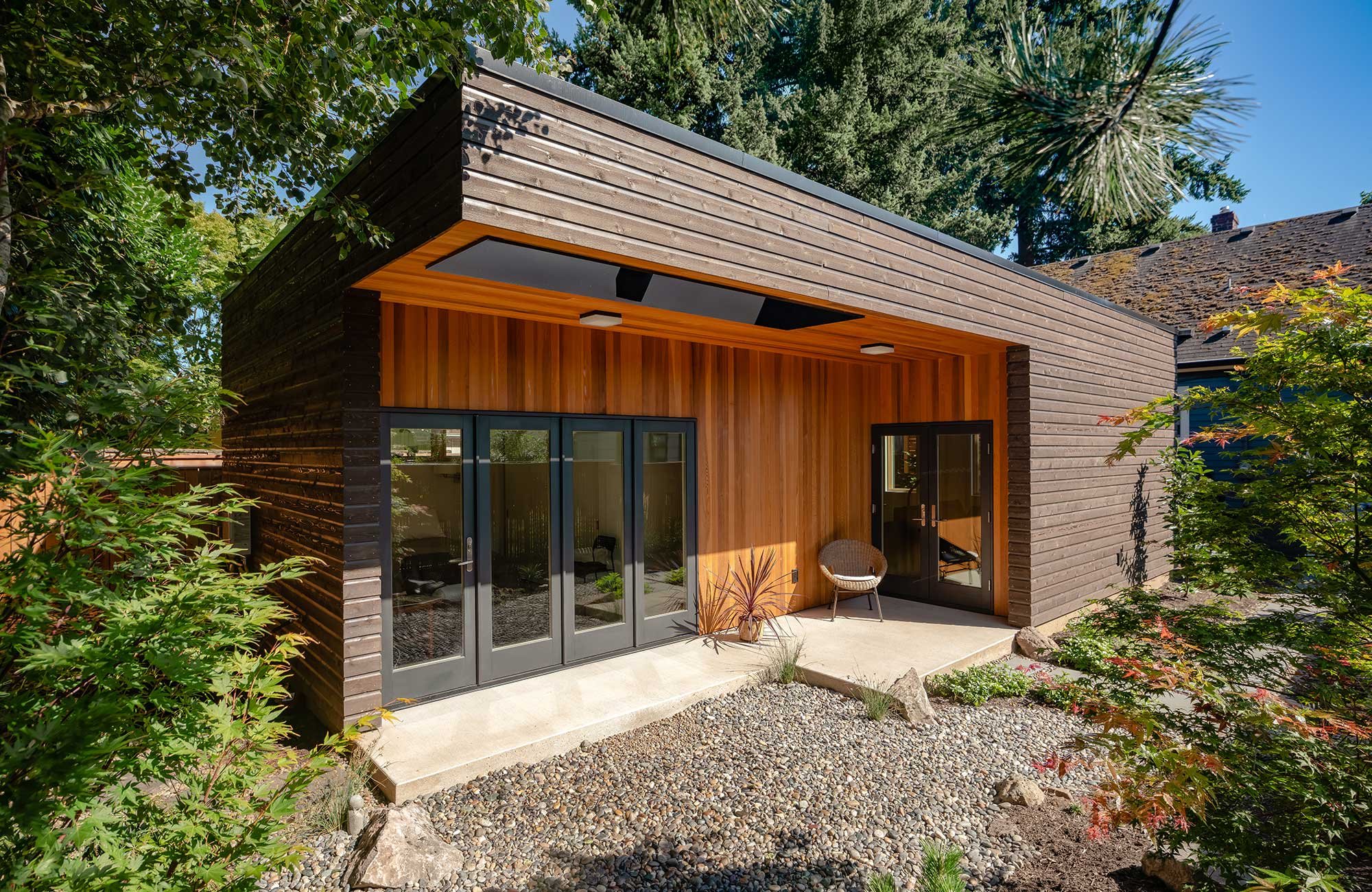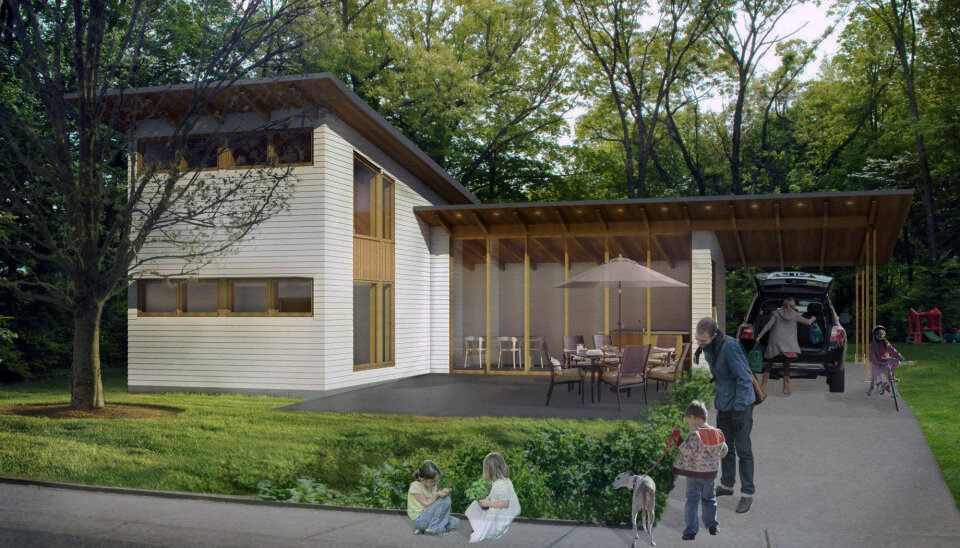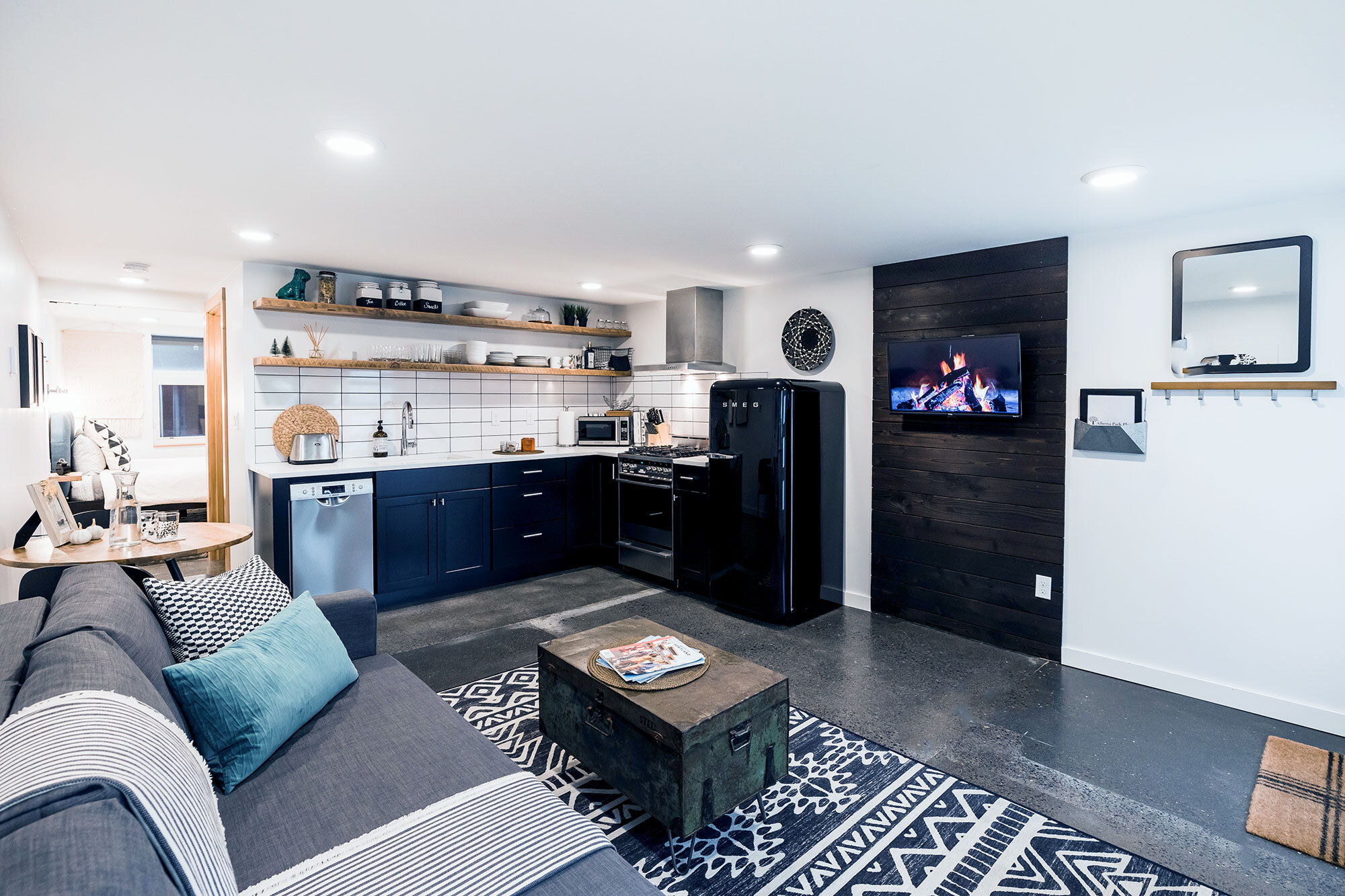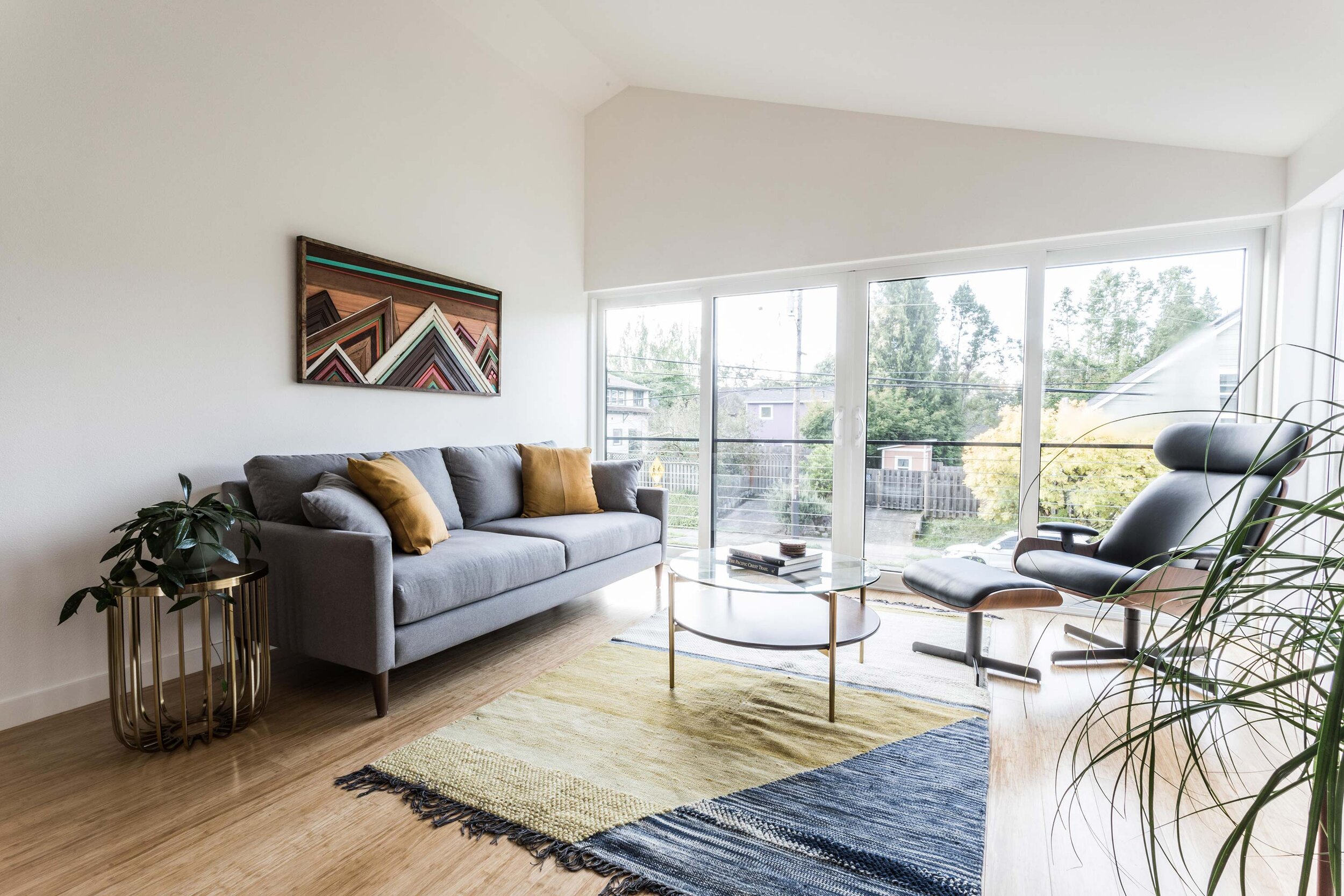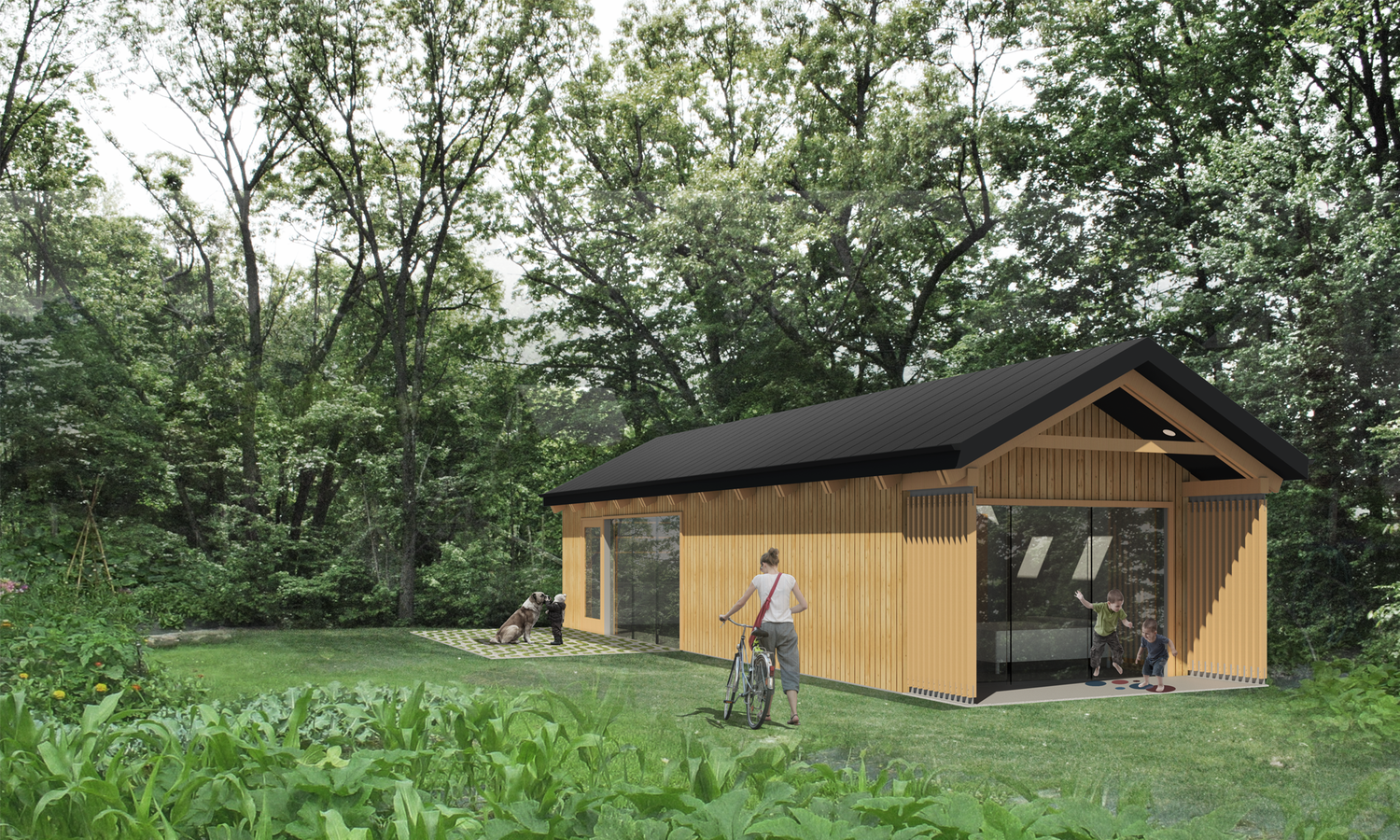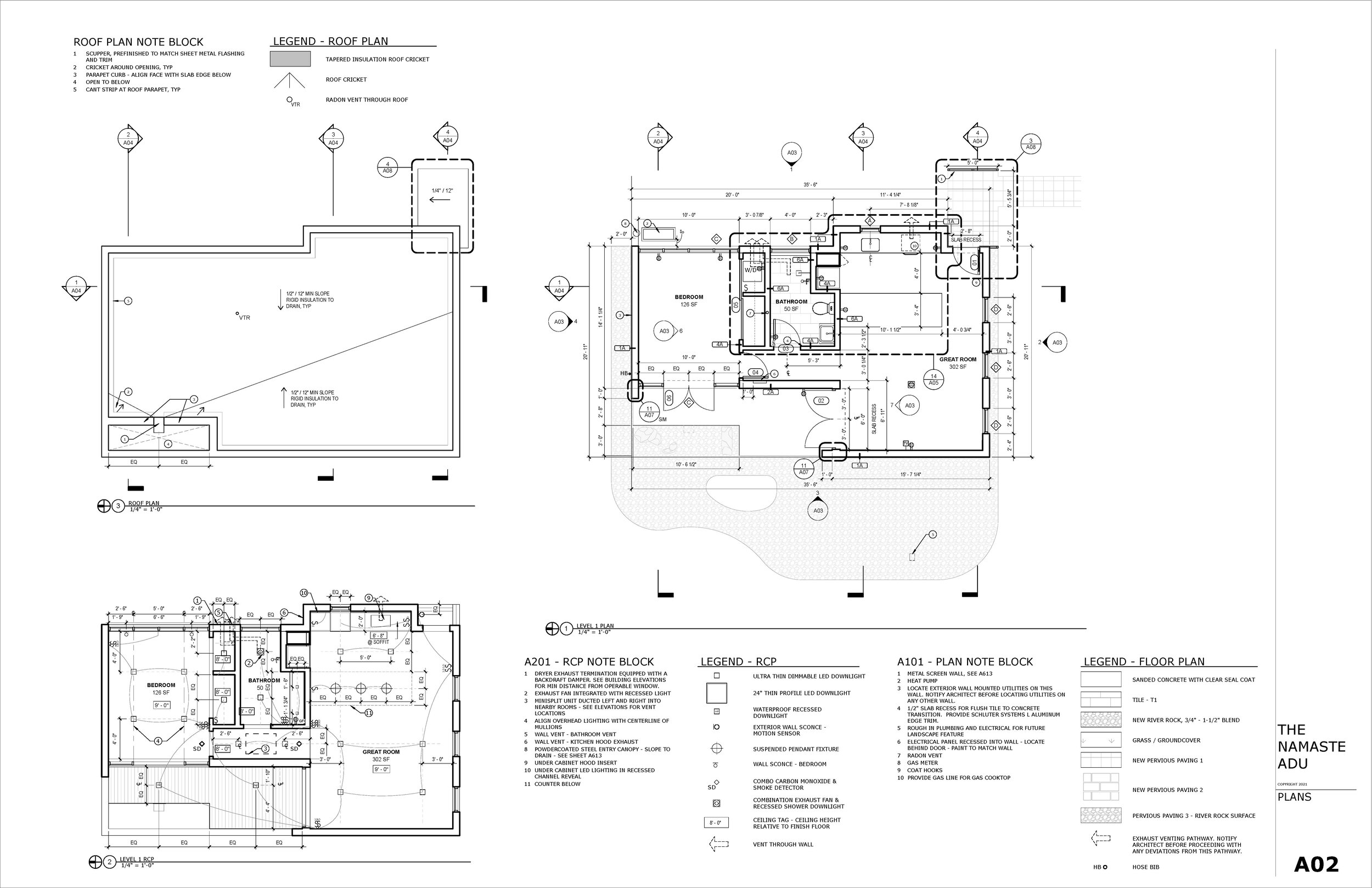Adding an Additional Dwelling Unit (ADU) to your property can be a great way to increase rental income or extend the life of your home. But before you start construction, it's important to make sure that your ADU is designed in a way that is both sustainable and eco-friendly. In this blog post, we will discuss some of the most important features to consider when designing an ADU.
Orientation
The orientation of an ADU plays a vital role in maximizing sustainability. By carefully considering the placement of windows, doors, and the overall layout, homeowners can optimize the use of natural light and ventilation. Orienting the ADU to capture an abundance of sunlight can reduce the reliance on artificial lighting during the day, ultimately saving on energy consumption. Additionally, strategic positioning can promote passive cooling and heating, reducing the need for excessive air conditioning or heating systems. For instance, placing windows on opposite sides of the ADU allows for cross-ventilation, ensuring fresh air circulates throughout the space. By prioritizing sustainable orientation, ADUs can minimize their environmental impact while providing comfortable and energy-efficient living spaces.
Materials
In designing an ADU, incorporating sustainable materials is a paramount consideration for conscientious homeowners and designers. Utilizing sustainable materials not only promotes environmental preservation but also enhances the overall energy efficiency and durability of the ADU. From the foundation to the roof, sustainable materials can be implemented throughout the entire construction process. Choices such as FSC certified framing, reclaimed wood, bamboo flooring, and locally sourced products not only lend a unique aesthetic charm to the ADU but also significantly reduce the project's carbon footprint. Additionally, extra insulation coupled with active systems like solar panels and efficient heat pumps for heading and cooling can optimize energy efficiency, reducing the dependency on traditional energy sources - potentially even making your ADU net-zero energy. By employing sustainable materials, every aspect of an ADU's design can contribute to a greener and more sustainable future.
Active Systems
Active systems play a crucial role in contributing to the sustainable design of an Accessory Dwelling Unit (ADU). Incorporating renewable energy sources such as solar panels can provide clean electricity to power the electrical components of the ADU. Other systems to consider include installing a rainwater harvesting system which can collect and store rainwater for various purposes, reducing the dependency on municipal water sources. Furthermore, incorporating a geothermal heating and cooling system can utilize the stable temperature of the earth to efficiently regulate indoor climate, reducing the need for fossil fuel-based heating and cooling. These active systems not only decrease the environmental impact of the ADU but also contribute to long-term energy savings, making them an essential component of a sustainably designed ADU.
Passive design strategies for ADUs
Passive strategies are crucial for the sustainable design of an Accessory Dwelling Unit (ADU). By incorporating these strategies, homeowners can achieve energy efficiency and reduce environmental impact while ensuring a comfortable living space. For example, designing the ADU to maximize natural daylight, utilizing large windows and skylights, may reduce reliance on artificial lighting during the day, thus saving energy. Another strategy is proper insulation and air sealing, which prevents heat loss in the winter and heat gain in the summer. This reduces the need for excessive heating or cooling, resulting in significant energy savings. Additionally, passive solar design can be implemented by orienting the ADU to capture natural sunlight and heat, coupled with interior thermal mass from things like concrete floors you can reduce the need for artificial heating and lower overall energy consumption. By integrating such passive strategies, ADUs can contribute to a sustainable and energy-efficient living environment for homeowners. Plus, passive strategies often don’t cost any more to incorporate into your ADU project.
Simplicity and Less is More
Embracing simplicity and adopting a "less is more" approach can prove to be a prudent strategy for a sustainable ADU project. By prioritizing simplicity in design, construction, and functionality, we can reduce the environmental impact associated with materials, energy consumption, and waste generation. A minimalistic approach not only promotes efficient resource allocation but also encourages thoughtful use of space, enabling the creation of compact, smartly designed living areas that optimize functionality within a smaller footprint. By consciously scaling down, we reduce the demand for resources and energy, curbing both carbon emissions and operational costs. Moreover, a simpler design aesthetic can withstand the test of time, reducing the need for frequent renovation and minimizing the consumption of additional materials over the lifespan of the ADU. In essence, simplicity and a "less is more" mentality offer a sustainable pathway for an ADU project that focuses on responsible and efficient resource utilization in an environmentally conscious manner.
In conclusion, ADUs have emerged as a practical and sustainable solution to address the changing needs of homeowners and communities across the country. With their flexibility, affordability, and minimal impact on the environment, ADUs have transformed the way we think about housing. By providing an additional living space, ADUs not only offer a way to combat the housing crisis but also promote multigenerational living, create opportunities for rental income, and foster community cohesion. As cities adapt their policies and regulations to facilitate the construction of ADUs, it is clear that these innovative structures will continue to play a crucial role in shaping the future of housing, offering both homeowners and renters a versatile and efficient living option. The next step is making every ADU as sustainable as possible, to ensure that these housing types are great for our communities as well as the environment we call home.
Create your dream space today - purchase an ADU plan and unlock the potential of a versatile, stylish, and functional backyard home for your property.
To make this ADU as energy efficient as possible we wrapped the entire thing in rigid exterior insulation (3” on the roof, and 2” on all of the walls. The building envelope is so efficient that the heating system rarely turns on in the winter.





